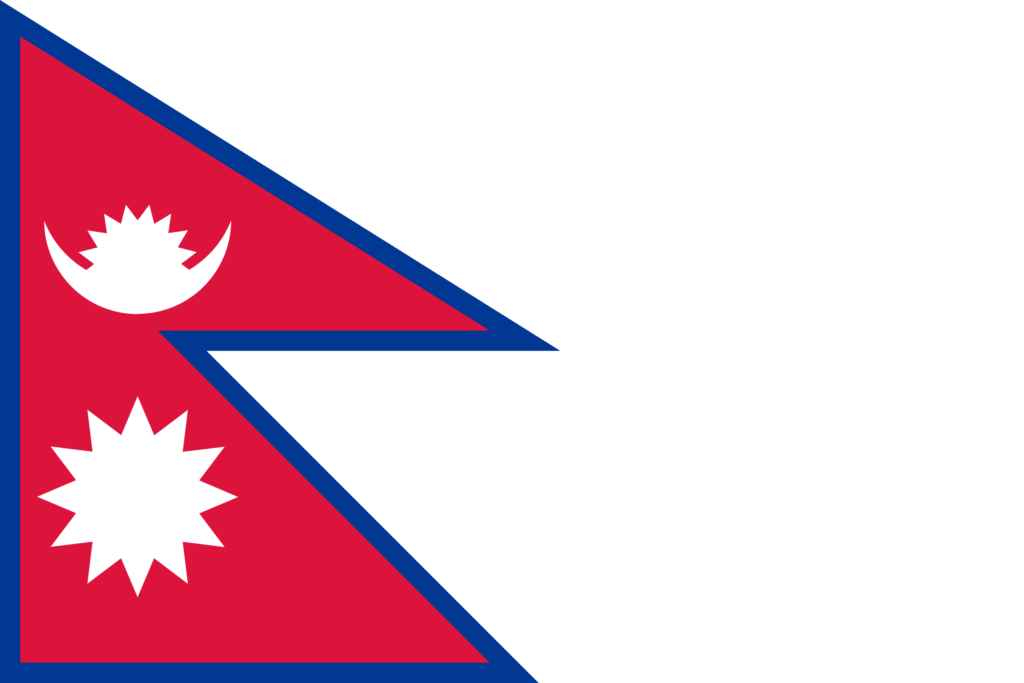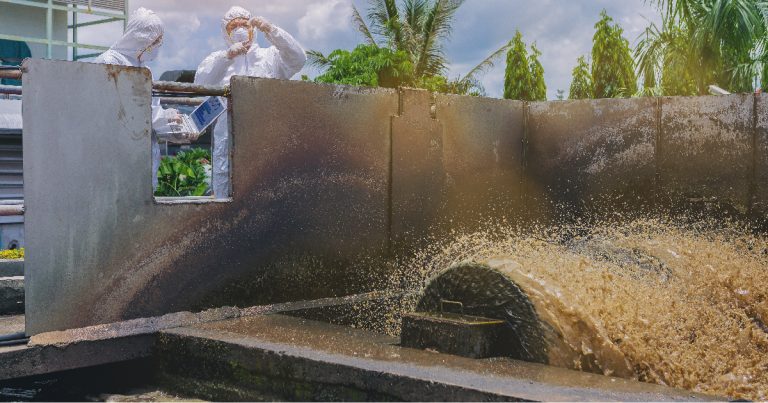Clean water is essential for life, health, and development. In a country like Nepal, where access to safe drinking water remains a challenge in many rural and mountainous regions, simple yet effective purification techniques play a crucial role. One of the oldest and most commonly used methods for treating water is sedimentation. It is a natural, cost-effective process that helps remove suspended particles from water and is often the first step in water treatment systems.
This blog explores what sedimentation is, how it works, its connection with sedimentation and decantation, and why it is especially important in improving water quality in Nepal.
What Is Sedimentation?
Sedimentation is the process through which solid particles in a liquid settle at the bottom of a container or reservoir due to gravity. These particles could include sand, silt, clay, or organic matter that make the water appear muddy or cloudy. The process does not require complex technology and can occur naturally in lakes, rivers, or artificial tanks.
When you allow contaminated or turbid water to stand still for a while, the heavier particles settle at the bottom, forming a layer of sediment. The clear water that remains on top can then be collected or processed further for safe use.
Understanding what sedimentation is is critical for implementing basic water purification methods, particularly in areas with limited access to advanced filtration or chemical treatment systems.
Sedimentation and Decantation: A Combined Approach
Sedimentation and decantation often go hand in hand in water purification. While sedimentation allows particles to settle at the bottom, decantation is the process of carefully pouring out the clear water from the top without disturbing the settled sediment.
This simple two-step method can be found in both household and community-level water treatment setups in Nepal, particularly in remote areas where large-scale treatment plants are unavailable. It is often followed by further purification processes such as filtration or disinfection to ensure water safety.
Why Sedimentation Matters in Nepal?
Nepal’s diverse terrain—ranging from the Himalayas to the Terai plains—poses unique challenges in water accessibility and purity. In rural villages and hilly settlements, people often rely on surface water sources such as rivers, springs, and ponds, which are susceptible to contamination from soil runoff, waste, and organic debris.
Here’s why sedimentation is particularly valuable in the Nepali context:
- Affordability and Accessibility
Sedimentation does not require expensive equipment or chemicals, making it ideal for low-income households and small communities. Simple containers or tanks can be used to carry out the process effectively. - Adaptability to Rural Conditions
In areas with limited infrastructure or electricity, sedimentation offers a low-maintenance solution for initial water purification. It can be implemented in both temporary setups and permanent water storage systems. - Reduction of Turbidity and Suspended Solids
Water from rivers and springs in Nepal often contains mud, silt, and other suspended solids, especially during the monsoon season. Sedimentation effectively removes much of this debris, improving the taste, color, and clarity of the water. - Foundation for Further Treatment
By removing coarse particles through sedimentation, the water becomes more manageable for secondary treatment processes like sand filtration, chlorination, or boiling, common methods used in Nepali households.
Applications of Sedimentation in Water Purification Systems
In Nepal, sedimentation is used in several practical applications:
- Household Water Storage Tanks
Many homes collect rainwater or spring water in large vessels. Allowing the water to sit undisturbed for several hours helps settle impurities before use. - Community Water Treatment Projects
Some NGOs and local governments have implemented slow sand filters and storage tanks with built-in sedimentation chambers for entire villages. - Emergency Relief and Disaster Management
During floods or landslides, when water sources are heavily contaminated, sedimentation serves as a quick method to make water more usable in emergency shelters and camps. - School and Health Center Initiatives
Basic water purification setups with sedimentation tanks are increasingly being promoted in schools and clinics to ensure safe drinking water for students and patients.
Ion Exchange: State-of-the-art Wastewater Treatment Plants Manufacturers
Ion Exchange, a pioneer in water and environmental solutions, has been at the forefront of addressing the operational challenges faced by wastewater treatment plants. With a deep understanding of the industry’s pain points and a commitment to innovation, Ion Exchange offers state-of-the-art wastewater treatment plants and customized solutions to meet the unique needs of each facility.
Our wastewater treatment plant solutions offer wide applications and pioneer innovations in water management by recycling wastewater and reducing its source. Our integrated systems focus on waste management through product recovery and waste minimization, employing energy-efficient and cost-effective membrane technologies, advanced oxidation, and evaporation processes. These technologies conserve water by recycling wastewater and recovering valuable products for reuse, achieving zero liquid discharge objectives.
Explore Ion Exchange’s Products
Ion Exchange’s comprehensive product line for wastewater treatment includes the following:
Ion Exchange’s wastewater treatment systems are designed to produce environmentally safe treated effluent and solid waste (sludge) suitable for disposal or reuse as fertilizer. Our pioneering solutions encompass water management through wastewater recycling, source reduction, product recovery, and waste minimization. The treatment process, comprising primary, secondary, and tertiary stages, is tailored to the wastewater characteristics and desired effluent quality. Our product range includes INDION® TADOX® (Advanced Photocatalytic Oxidation Process), High Rate Solid Contact Clarifiers, Anaerobic and Aerobic Systems, Membrane Bio Reactors, Packaged Sewage Treatment Plants, Packaged Waste Treatment Systems, Disinfection Systems, Odor Control Systems, Oil Screening and Grease Removal Systems.
Ion Exchange offers a comprehensive range of advanced wastewater treatment technologies, including continuous media filters, advanced oxidation systems, and membrane systems. The continuous media filters provide efficient solids removal, while the advanced oxidation systems employ powerful oxidants like ozone and hydrogen peroxide for the degradation of persistent organic pollutants. Additionally, membrane systems, such as ultrafiltration and reverse osmosis, enable superior separation and purification of treated effluents, ensuring high-quality water for safe discharge or reuse applications.
With over 60 years of proven expertise, Ion Exchange incorporates advanced effluent treatment processes, innovative membrane technologies, and state-of-the-art evaporation processes to maximize water recovery and achieve zero liquid discharge. Our solutions offer assured availability of water for process needs and low-end uses, savings through the recovery of valuable products for reuse, reduced water costs and freshwater requirements, and assured compliance with pollution control board regulations.
Conclusion
In Nepal’s pursuit of clean and safe water for all, sedimentation plays a vital role, particularly in regions lacking modern infrastructure. By understanding what sedimentation is and combining it with other accessible techniques like sedimentation and decantation, communities can make significant strides in improving water quality.
Whether as a standalone method or part of a broader treatment system, sedimentation continues to serve as a simple yet powerful process in the fight against waterborne diseases and contamination.


